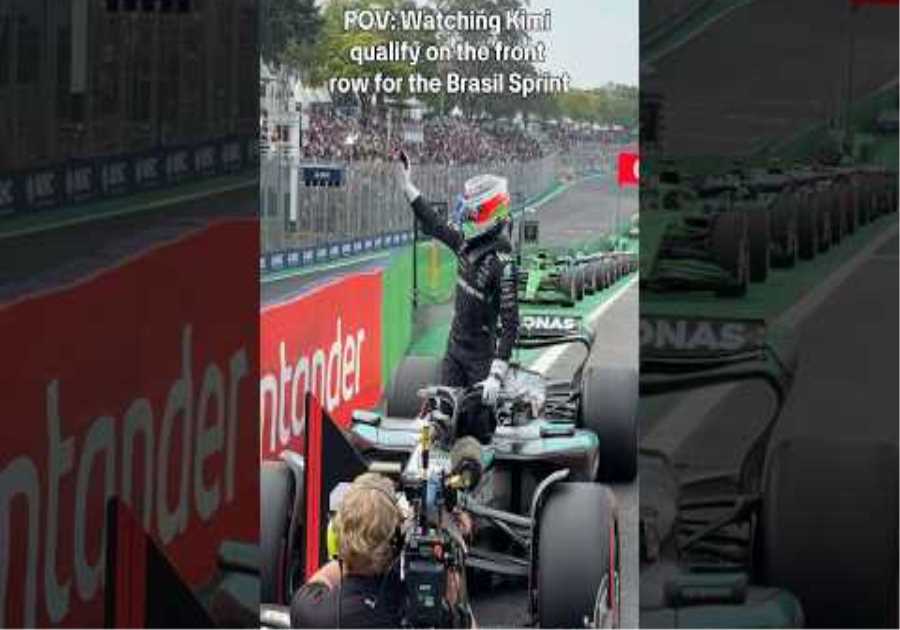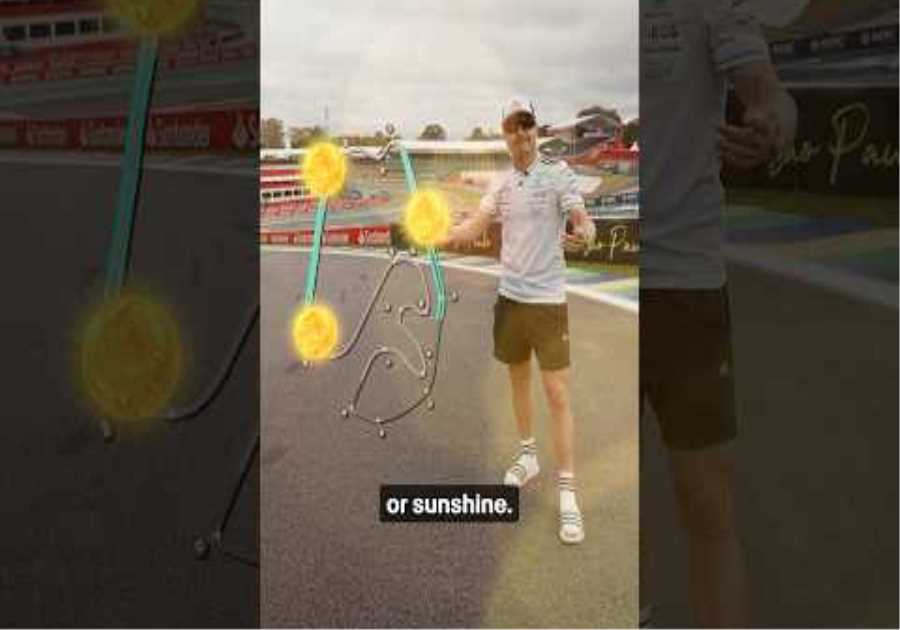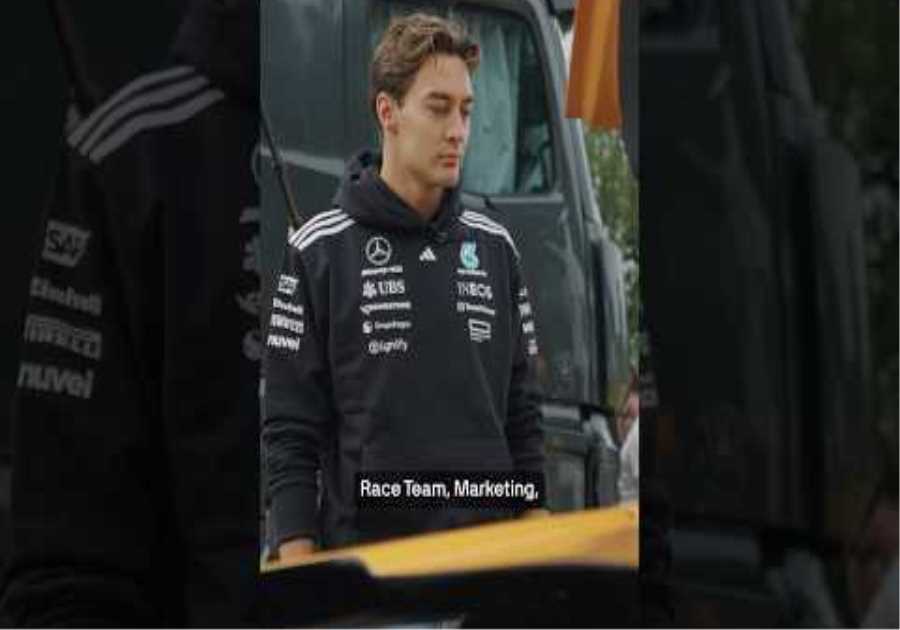
This weekend’s French Grand Prix marks the fourth to be held at Paul Ricard since Formula 1 returned to the Le Castellet track in 2018.
However, it may prove to be the last F1 race held in the great motorsport nation as the circuit’s contract to host the race is due to expire at the end of this season.
Heading into what could be the fourth and final race at Paul Ricard, here at the six talking points for the French Grand Prix weekend.
The final French Grand Prix… for now?
Last year Paul Ricard saw by far its most interesting race since it returned to the schedule, with Max Verstappen chasing down and passing Lewis Hamilton for victory in the closing laps.
However the track, which F1 first visited in 1971, has often struggled to produce much in the way of entertainment over its three races since returning to the Formula 1 calendar. Regrettably the option of bypassing the awkward Mistral chicane, which could well have improved the spectacle, was never taken up.
With the circuit’s contract to host the French Grand Prix due to expire at the end of this season and competition over which venues will earn the right to host Formula 1 events higher than it perhaps ever has been, Paul Ricard looks to be towards the top of the list of circuits most likely to make way for other tracks on the calendar.
That could mean that this weekend may well prove to be the final French Grand Prix for the foreseeable future. But while many may not miss the track if it does indeed drop off the schedule, the loss of a race in one of Europe’s most important motorsport nations will be keenly felt. Particularly when there are two race-winning French drivers on the grid for the first time in decades, and Francophone championship contender Charles Leclerc hails from Monaco, less the 200 kilometers up the road.
F1 CEO Stefano Domenicali recently discussed the idea of potentially moving the French Grand Prix to a new street circuit in Nice, but there’s little to suggest this amounts to more than a tactic to apply pressure to the Monaco race promoter. If Formula 1 is to lose its race in France, hopefully it will not be long until a new and more interesting host venue can be found. But the country’s only other F1-grade track, Magny-Cours in rural Nevers, hardly fits Liberty Media’s target for races in ‘destination cities’.
Ferrari’s reliability woes
Sainz lost an almost certain second in AustriaRed Bull were widely regarded as fast-but-fragile following the opening rounds of the season. Neither Verstappen nor Sergio Perez finished the first race in Bahrain, before Verstappen retired from the Australian Grand Prix with a fuel system failure, leaving Ferrari as clear leaders in the constructors’ championship.
However, over the second quarter of the year, the narrative has flipped entirely. With four mechanical-related retirements equally shared between Leclerc and Carlos Sainz Jnr since the Spanish Grand Prix, it is now Ferrari who appear to be at the biggest risk of breaking down during races – something the team cannot afford as the team continues to compete for wins against Red Bull.
Track data: Paul Ricard
| lap length | 5,842 km (3.63 miles) |
| Grand prix distance | 309,626 km (192,393 miles) |
| Lap record (race) | 1’32.740 (Sebastian Vettel, 2019) |
| Fastest lap (any session) | 1’28.319 (Lewis Hamilton, 2019, qualifying three) |
| Tire compounds | C2, C3, C4 |
| 2021 Rate the Race | 8.23 out of 10 |
| 2021 Driver of the Weekend | Max Verstappen |
Paul Ricard track data in full
Leclerc could even be considered fortunate to have won last time out in Austria, after driving with a partially stuck throttle to keep ahead of Verstappen over the last 10 laps. Sainz, however, was denied a likely second place after his power unit expired so dramatically in pursuit of Verstappen. It’s little surprise Ferrari are worried about their reliability over the rest of the season.
“It’s certainly a concern,” admitted team principal Mattia Binotto after the race in Austria. “But the people back at Maranello are working very hard trying to fix them.
“We’ll have new elements and I know how strong they are working, how good they are, and that I can count on them that it will be addressed very soon, hopefully as soon as possible.”
But they and their rivals will face an additional challenge from the conditions this weekend.
Beating the heat
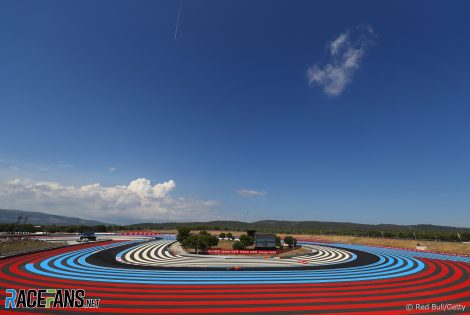
There will be little escape from the heat this weekendReaching the height of summer in the northern hemisphere, it’s only natural that this weekend’s French Grand Prix would be a warm one. But with the current heatwave across Europe, the impact of the high temperatures has already been felt across the sporting world.
Last Sunday professional cycling’s governing body, the Union Cycliste Internationale, activated its extreme weather protocols for the 15th stage of the Tour de France, held in the south of the country not far from the Le Castellet circuit. Early forecasts predict temperatures around the low thirties Celsius – by no means extreme by F1 standards – but with the potential to pose an additional strain to human and machine over three days of track action.
If those forecasts do turn out to be accurate, that will make this weekend easily the hottest French Grand Prix since Formula 1 returned to the circuit in 2018. What that could mean for tire temperatures over a track surface that could breach 60C is not insignificant either , with some cars more susceptible to overheating their tires and others having more challenges with getting their rubber up to optimal temperatures.
Mercedes’s best track of the season?
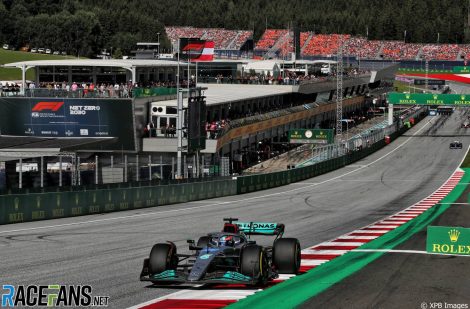
Mercedes are steadily gaining ground on the leadersMercedes’ reliability has been one of the team’s few bright spots this year, and this weekend’s race promises to be one of the strongest yet for the resurgent world champions. They are currently enjoying their best three-race stretch of the season, even with George Russell’s first-lap retirement at the British Grand Prix.
The major upgrades introduced to the W13 at the Spanish Grand Prix back in late May were focused on improving the car’s performance in the medium-to-high-speed corners and appeared to work well. But while two back-to-back races at street circuits appeared to prove challenging for Mercedes, Russell still managed to secure a podium in third. Since then, Hamilton has achieved a podium in all three races.
Heading to the super-smooth testing facility of Paul Ricard – that Formula 1 decided years ago should play host to a grand prix – Mercedes know this will be a circuit where the impact of their car’s weaknesses will be minimized. They have had difficulty getting heat into their tires this year, but the punishing conditions should help with that.
As one of the fastest circuits of the season by average lap speed, and with only a small number of truly slow corners, Mercedes can expect to make the most of the Paul Ricard circuit and hopefully get even closer to Red Bull than they did in Austria , where both Hamilton and Russell appeared to be among their rivals in qualifying before separate mistakes saw both crash out.
But while single-lap pace has looked markedly improved at Mercedes in recent rounds, race pace is another matter. There is still work to do if Mercedes are going to catch up enough to begin fighting for race wins once again.
Can Haas keep the streak going?
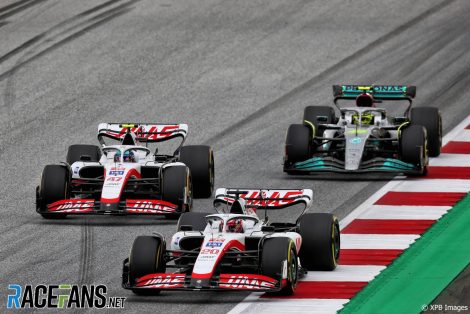
Two double points finishes in a row for HaasWith seventh on the grid for Kevin Magnussen turning into a fifth place finish, the season-opening Bahrain Grand Prix was as good a start to Haas’ 2022 campaign that the team could have realistically hoped for. But after a handful of points over the next three rounds, Haas suffered through a frustrating five race pointless run, dropping to ninth in the constructors’ championship, one point behind Aston Martin.
Then came Silverstone and the British Grand Prix. A major breakthrough for Mick Schumacher saw the team’s second-year driver finally claim his first career points in Formula 1 with eighth place, just behind Verstappen following some particularly robust defending from the world champion. Magnussen also took tenth to secure the team’s first double points finish since the 2019 German Grand Prix.
Then the following weekend in Austria, the team fared even better. A strong qualifying session on Friday saw Magnussen and Schumacher secure sixth and seventh on the sprint race grid, which became seventh and ninth, respectively, for Sunday’s grand prix. In the race, Schumacher drove possibly his best race of his career so far to take his best-ever finish in sixth, while Magnussen held onto eighth despite suffering a misfire from the early stages.
After two double points finishes in succession, morale at Haas is higher than it has been all season. And with a significant upgrade package due to arrive next week at the Hungarian Grand Prix, the team will be looking to keep their run of points finishes going before both Magnussen and Schumacher gain the benefit of a hopefully improved car for the next race.
Track limit troubles
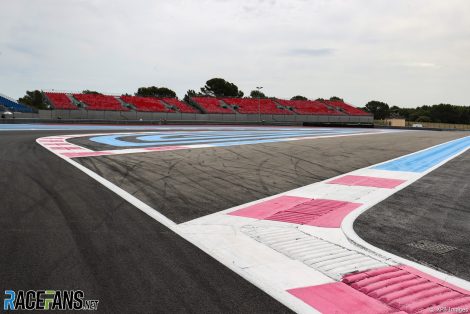
Paul Ricard has plenty of tarmac run offThe new zero-tolerance approach to track limits in Formula 1 introduced at the start of the 2022 season with the arrival of two new race directors had its biggest impact yet during the Austrian Grand Prix weekend. A total of 90 track limits infringements over the three competitive sessions of the weekend saw four drivers handed time penalties for breaching the confines of the course one too many times in the race.
The generosity of the track limits at the Red Bull Ring has been a problem since the venue was reworked by Hermann Tilke 25 years ago. Paul Ricard is another track to experience a makeover the upshot of which was to make staying within the circuit’s confines largely optional. There is barely a single blade of grass, nor a spit of gravel to be found around its 5.8 kilometers.
With nothing but asphalt sitting at the perimeter of the circuit, the temptation to run as close to the white lines as possible to maximize exit speed is as high as it is anywhere on the calendar. Also, due to the unique nature of Paul Ricard, drivers are compelled to follow very direct instructions about how they should rejoin the circuit should they miss turn two, turn four or the chicane on the long Mistral Straight.
The rules over track limits will not only affect whether drivers have times deleted, but will also likely come into play during close racing situations. With Alexander Albon receiving a penalty in the Austrian sprint race for forcing Lando Norris off the circuit, sparking debates over whether other drivers should have received similar penalties in recent rounds, it’s likely that there could be more penalties handed down this weekend and almost certainly more debates
Advert | Become a RaceFans supporter and
2022 F1 season
Browse all 2022 F1 season articles

